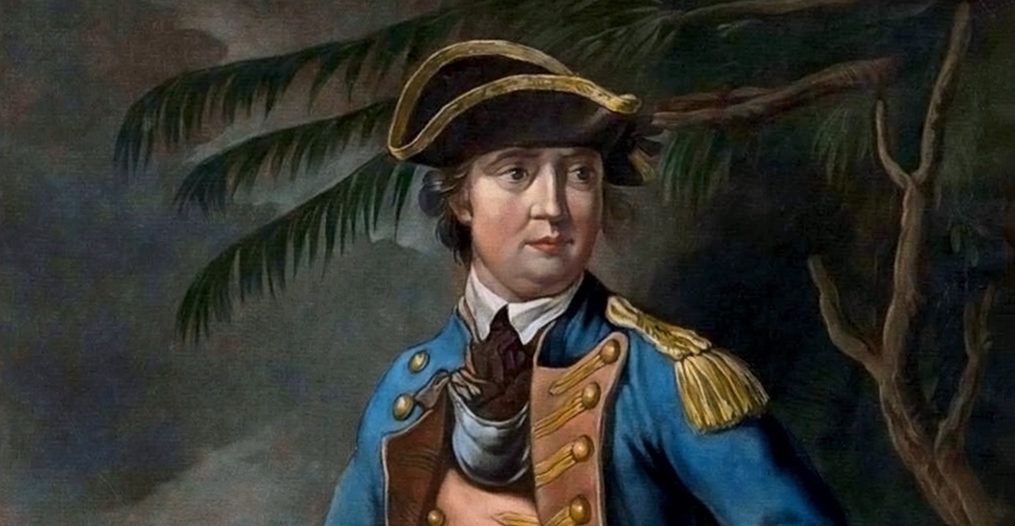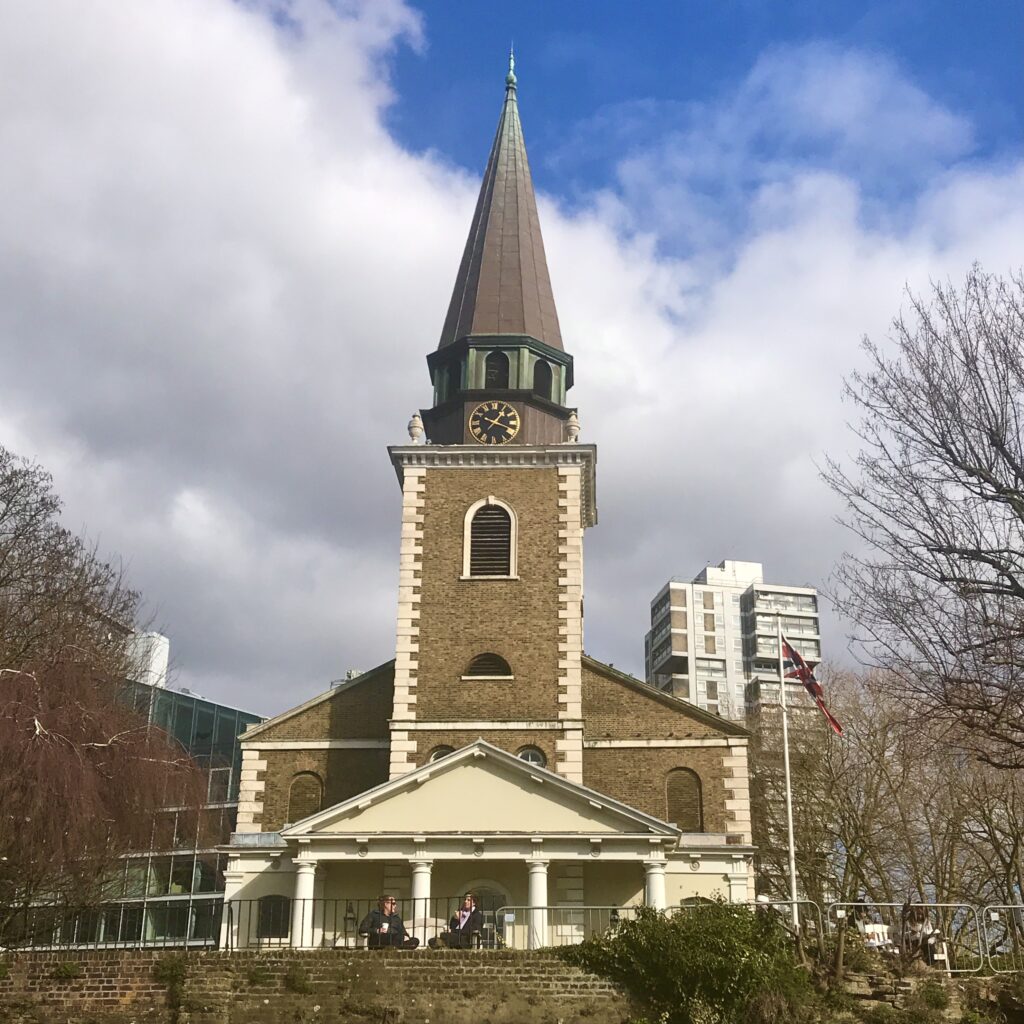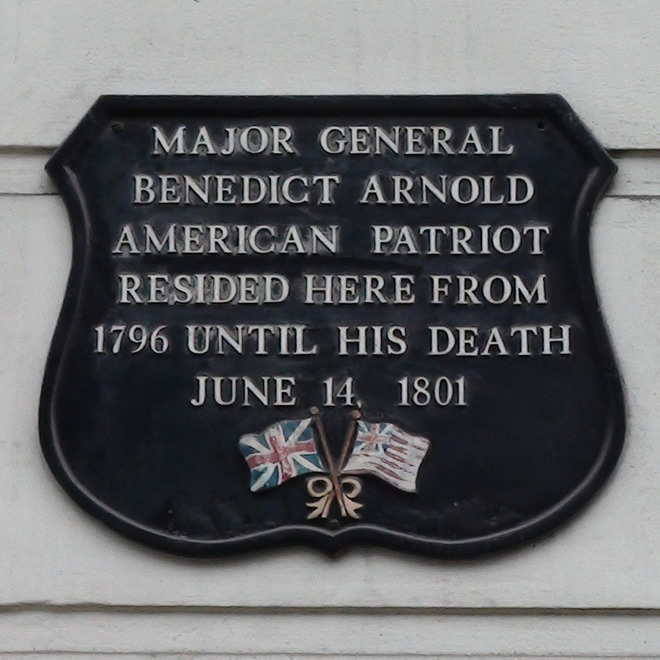
Americans are genuinely surprised by how little the Brits know or, indeed, care about what they call the Revolutionary War and what we call the American War of Independence.
Of course we’ve heard of George Washington, but I bet not one Brit in a thousand reading this could name any other general of the Continental Army. We sort of know that George III was involved (“the last king of America” as I like to call him to US visitors), but the British generals? Checking the list on the wikipedia page the names Cornwallis and Burgoyne rang very distant bells, but the rest I never knew and have now forgotten.
One person from the war that looms large in the US consciousness and is non-existent in the British is that of Benedict Arnold. To Americans the name is a byword for treachery; he is the general who, after defeating the British (and being wounded) in numerous early battles, planned to go over to the King and surrender the fort at West Point to His Majesty’s forces. After his plot is discovered by Washington, Arnold defects and is given a command in the British army, fleeing into exile in Canada and then Britain after the surrender to the revolutionaries.

After a succession of other (mis)adventures, Arnold dies, aged 60, in Battersea and is buried not a mile from where I type this, in St Mary’s church on the river (which is also the church in which William Blake was married, fact fans). The grave is in the crypt, unloved and pretty much ignored for a couple of centuries (and still pretty much inaccessible), but a couple of American benefactors have had a go at burnishing Arnold’s reputation over the past few decades.
So we have Bill Stanley, a former Connecticut senator from Arnold’s home town of Norfolk CT who, in 2004, paid to have a new headstone cut to mark Arnold’s grave which reads “Sometime General in the Army of George Washington …The Two Nations Whom He Served In Turn in the Years of their Enmity Have United in Enduring Friendship.”
Then there is Vincent Lindner of New Jersey who paid for a stained glass window below) in St Mary’s in 1976 and who formed the ‘Arnold Society’ in 1973 “dedicated to the belief and in the furtherance of the premise that Major General Arnold was a loyal, dedicated officer primarily concerned with his country’s welfare“.
The most direct bit of revisionism though, one that even got a previous US Ambassador twitching, is at 62 Gloucester Place W1, a house in which Arnold lived for the last five years of his life. This was erected by a Brit called Peter Arnold (not, apparently, a relation) who got permission off Westminster Council in 1987 to erect a cast iron plaque dedicated to “Major General Benedict Arnold, American Patriot“.


You can find more London memorials to Americans on my map here.

